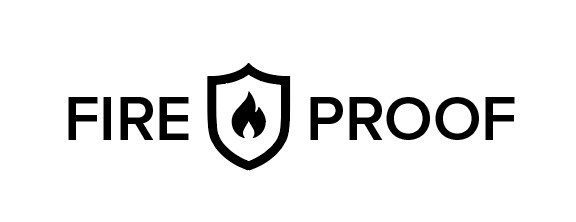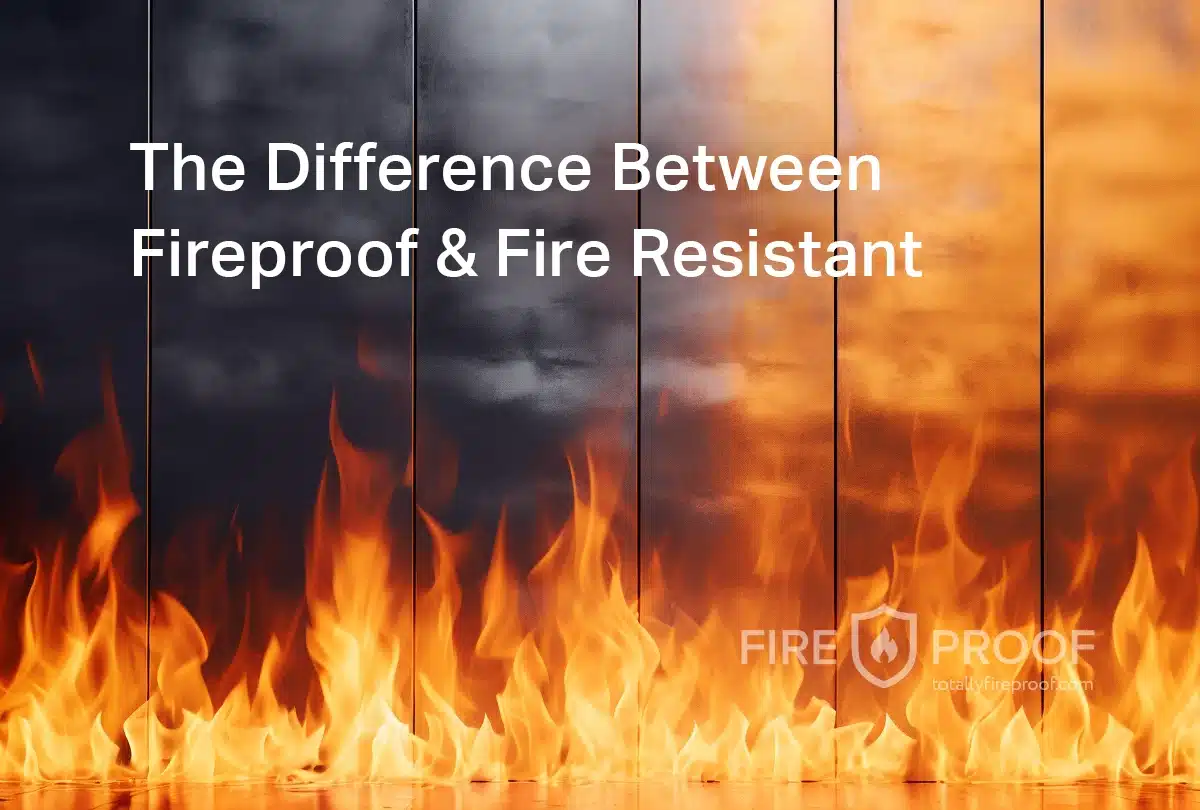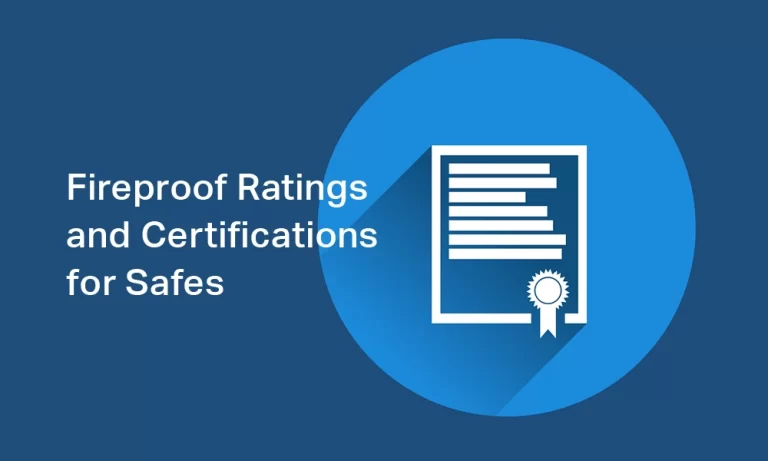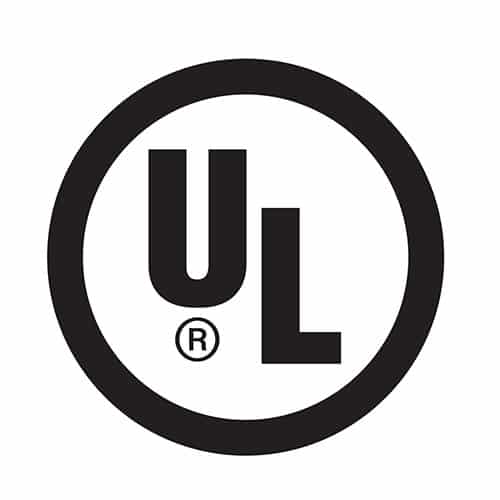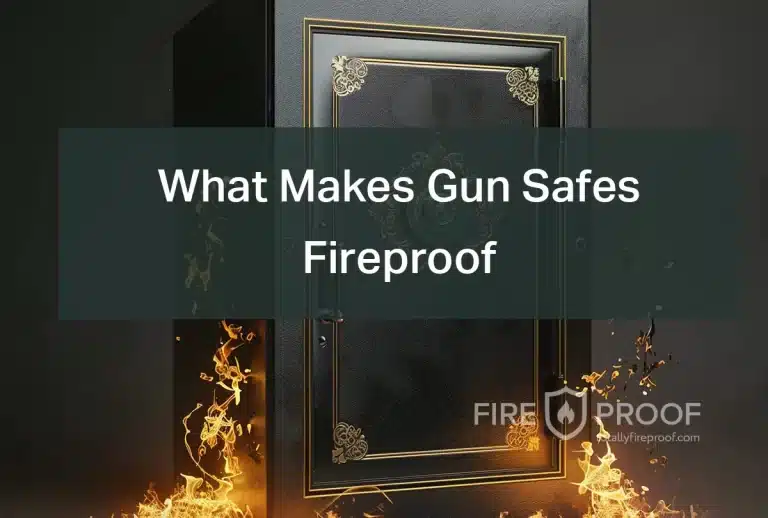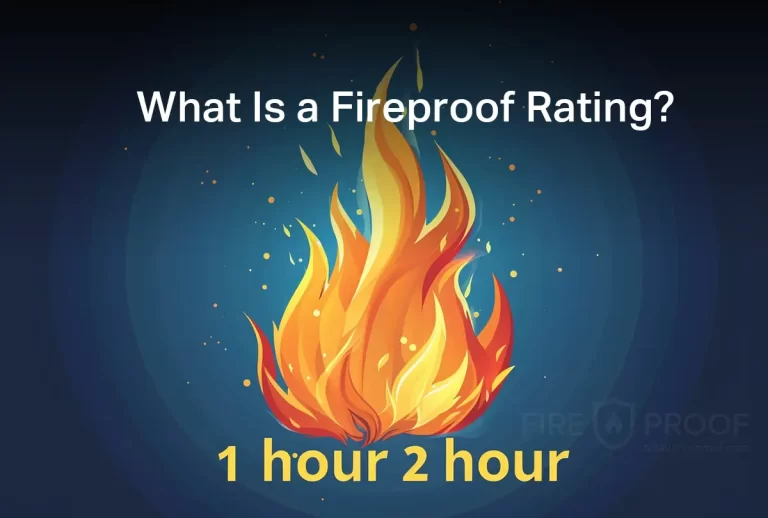The Difference Between Fireproof & Fire Resistant
Fireproof vs Fire resistant. These terms often create confusion, leading people to wonder if they mean the same thing or represent different levels of protection. What is the difference? And is there any difference at all? The simple answer – there is none.
There is no difference between Fireproof and Fire Resistance. Both terms mean the same essentially. The only distinction between the two is how people tend to interpret these characteristics.
The Definition of Fireproof
Both fireproof and fire resistant imply similar feature. Let’s take safes as an example. Fireproof or Fire resistant models serve to protect their contents from high temperatures. The difference is that fireproof is usually associated with products that are more reliable and will hold better against fire over a period of time.
All fireproof materials are designed to resist high temperatures. And while they are often considered more durable than fire-resistant ones, no material is 100% fireproof. Everything has its limit when exposed to extreme heat for an extended period. This is true for safes as well.
Don’t make a mistake of thinking that fireproof safe will offer you absolute protection. Because in truth there is no 100% fire-resistant safes. Given certain amount of time and heat level, any safe will burn eventually. This means that your possessions will be secured for a certain length of time and under certain conditions.
The Definition of Fire Resistant
Fire-resistant materials are specifically engineered to endure high temperatures and flames for a designated period. As you can see this is the same as fireproof materials. So when you see this term in the product description, don’t think it means lower the level of protection.
In reality you should pay attention to measurable ratings and certifications what give a precise description of how fire-resistant something is.
The Difference Between Fireproof and Fire Resistant
Fireproof is the definition various safe manufacturers and industry marketers prefer to use. As a result, people view fireproof to be superior to fire resistant. And thus suggest that the latter offers only a basic level of protection.
However both Fireproof and Fire Resistance describe the exact same quality, which is the ability to withstand fire and heat.
What Really Defines Fireproof & Fire Resistant Capabilities
Therefore, when you go through a particular product features and it says fireproof, understand that the manufactures is simply trying to hint that such product will provide a better and longer protection against fire than entry-level one. But it doesn’t mean that your valuables are 100% going to be preserved in a fire emergency.
Instead, you need to look at the safe’s certification or rating. A company will often state the rating given by Underwriters Laboratories (UL). For example UL Class 125 1-hour, UL Class 350 1-hour etc.
UL Class 125 1-hour means that, the temperature inside the safe will not go higher than 125° F (52°C) for at least 1 hour while exposed to external temperatures of over 1700°F (926°C).
UL Class 350 1-hour means that, the temperature inside the safe will not go higher than 350° F (177°C) for at least 1 hour while exposed to external temperatures of over 1700°F (926°C).
So the real meaning of how much something is Fireproof & Fire Resistant is directly described in its rating/certification.
Conclusion
Both terms are used to describe the same attribute. It’s just so happened that historically “fireproof” indicates a higher quality of the product. But no matter what descriptive is added to the title of the product, the real characteristics you should always inspect is the actual rating and certification.
